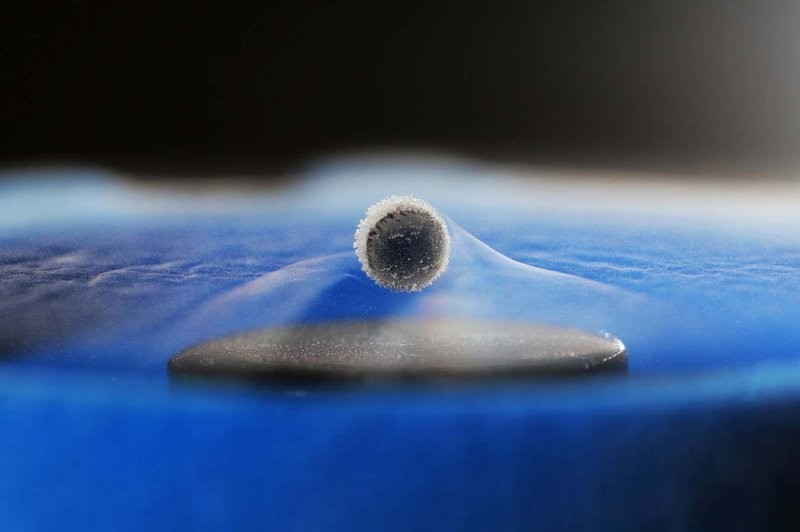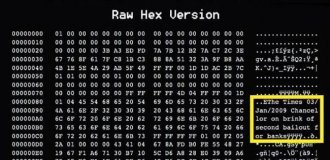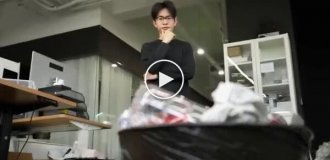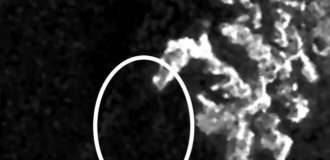Scientists have discovered a way to conduct current at room temperature (5 photos)
Science does not stand still. Not long ago, scientists discovered "demonic particle" that can lead to the creation superconductors that conduct electricity at room temperature. This discovery could be a big step towards the high-tech revolution. The discovery of this particle was predicted 67 years ago. 
A superconductor is a material that can conduct current without any resistance and power loss. However, dozens simple metals become superconductors only when cooled almost to absolute zero. Recently researchers from the University Illinois made a discovery that allows you to better understand superconductors - they discovered a new "demonic particle". Last has no mass, and can be formed with any amount of energy and, respectively, at any temperature - even room temperature. 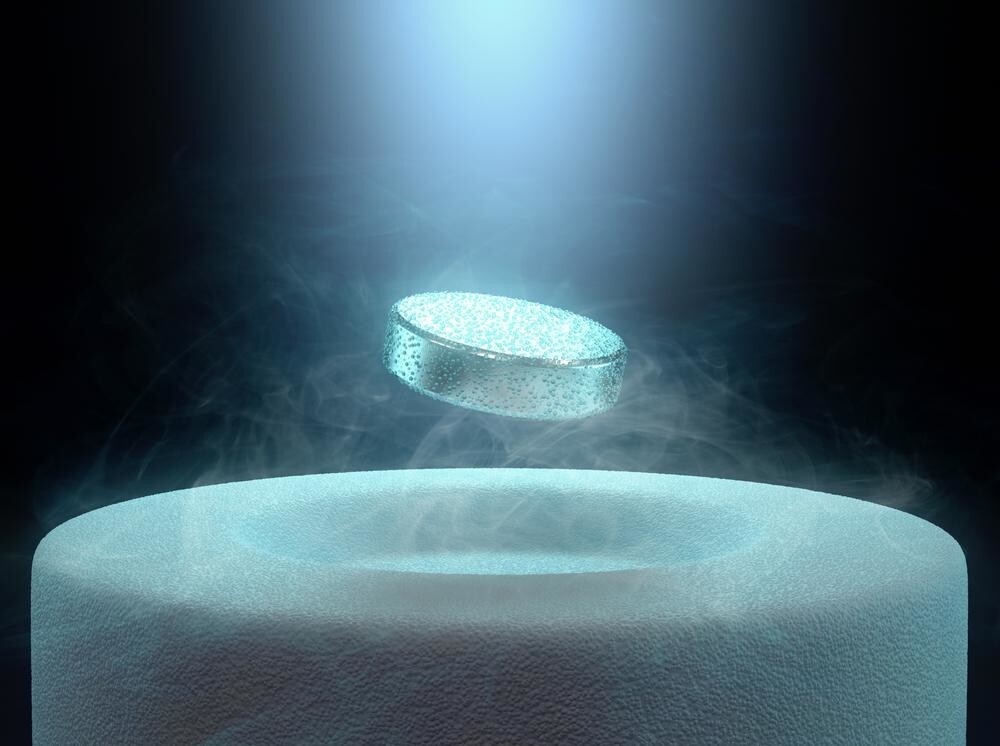
Superconductors are used, for example, in high-precision MRI machines, or in levitating maglev trains. However, thanks to new particles operating at room temperature, it is possible to create even more powerful computers and devices. Application of materials can dramatically advance technology in many areas.
The appearance of such a demonic particle "predicted" theoretical physicist David Pines 67 years ago, in 1956. He suggested that this particle would appear inside certain metals. By in his words, this new quasiparticle will be neutral, will not interact with light and have masses. 
Scientifically, in solids, electrons (components atom) are unstable, and are combined into collective units. Given that enough energy, electrons can form plasmons - quasiparticles, which are a combination of oscillating electrons and electromagnetic field. But the mass is usually so large that the plasmons do not can form at room temperature. However, Pines suggested that there is an exception to this rule. The physicist claimed that electrons in a solid can combine to form two plasmons, which will then diverge, forming a new massless and neutral plasmon. He called the latter "particle-demon". 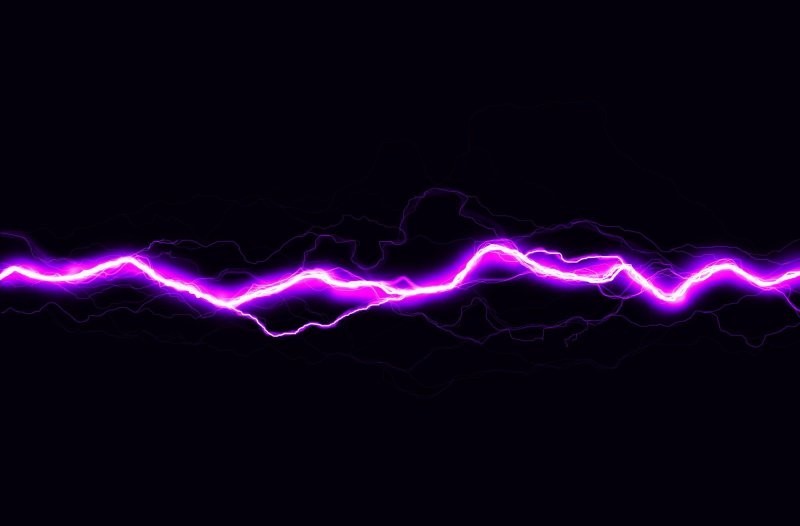
A new discovery was made by a team of scientists led by Peter Abbamonte, professor of physics at the University of Illinois. They studied properties of a material called strontium ruthenate (Sr2RuO4) - it looks like on superconductors, but it is not. While scientists tracked electronic properties of a metal, by exposing it to electrons, they accidentally discovered the demonic quasi-particle that Pines was talking about.
"At first we had no idea what it was. But when studied the details, then began to suspect that they really found "demon". This particle requires specific conditions, and no one was it is known whether strontium ruthenate can have it. We spent microscopic calculations, and found a particle consisting of two electronic bands oscillating out of phase with almost the same magnitude - exactly as Pines described," said Edwin Huang, researcher experiment. 